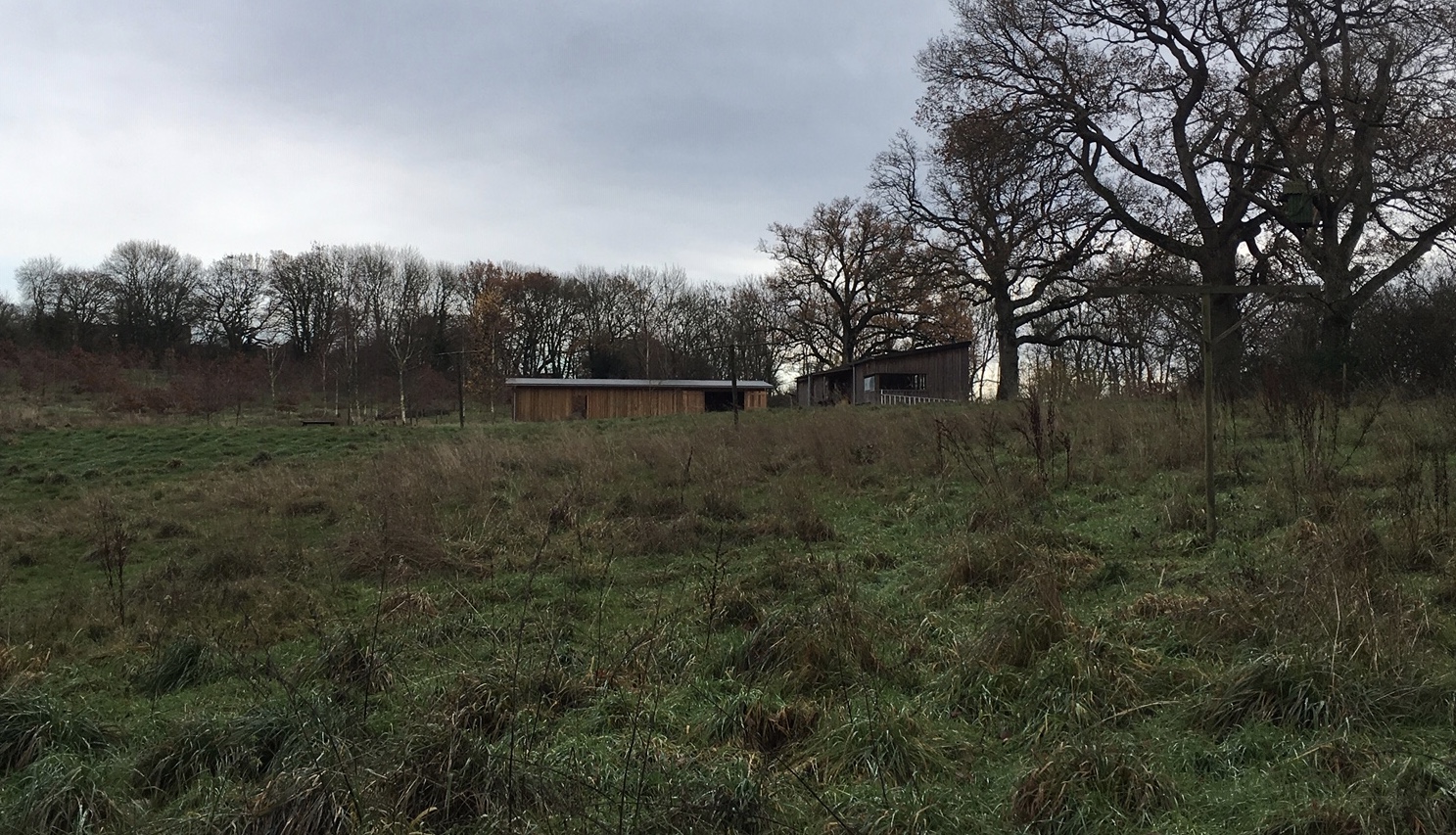During the second, and last Beast from the East storm of winter 2017 / 18, we lost a precious Barn Owl at UWNR. We found this deeply upsetting and despite my efforts to manage the Barn Owl field, to ensure sufficient small mammal prey species, the long hard winter proved overwhelming for one of their number.
In 2017 I read an extraordinary book, The Barn Owl: Guardian of the Countryside by J R Martin. In it he makes a key point, which is reiterated on the Barn Owl Trust (BOT) website; ‘Stored cereal crops, in ricks or barns, became so infested with mice and rats that some enlightened farmers encouraged Barn Owls into their buildings via special access holes or “owl windows’. So before the onset of simplified industrial agriculture, hay and grain filled farm barns, on small mixed farms, played a crucial role providing habitat and prey species for Barn Owls, over the winter months particularly. Martin writes that Barn Owl pellet analysis (pellets are regurgitated by the birds, during digestion) from the early 1900’s showed a greater variety of prey species in their diet - it included species more commonly associated with a built environment than pastures. Although not explored by Martin, many (too many) barns have been converted into domestic dwellings over the past few decades - reducing available winter habitat.
All of this got us (Keggie and I) thinking, talking and planning.
With valuable input from the head ecologist at the BOT, Rick Lockwood, and UWNR friend & ecologist Gareth Harris, we set about constructing a barn which would provide these wonderful birds with winter habitat. Izaak and Will Bergstrom have built a beautiful and practical building, which is now fully dressed…my hunch, it is only a matter of time before it is in use! ,
The new Barn Owl barn (to the left of the existing barn) situated near the Barn Owl field.
The interior of the barn with straw hay and perches for hunting - grain is spread below the perches to encourage small mammals to inhabit the building.
As the project progressed we considered what other species might benefit from the barn - with direction and advice from Gareth Harris we have constructed this bat loft. This may be used as a spring / summer nursery or simply as a stopping off point, while hunting in spring / summer.
Throughout spring and summer UWNR is home to migratory swallows and house-martins - they hunt, bathe and drink from the lake. We have constructed many features into the barn, as well as installing these prefabricated nests, to encourage these birds to nest here.



